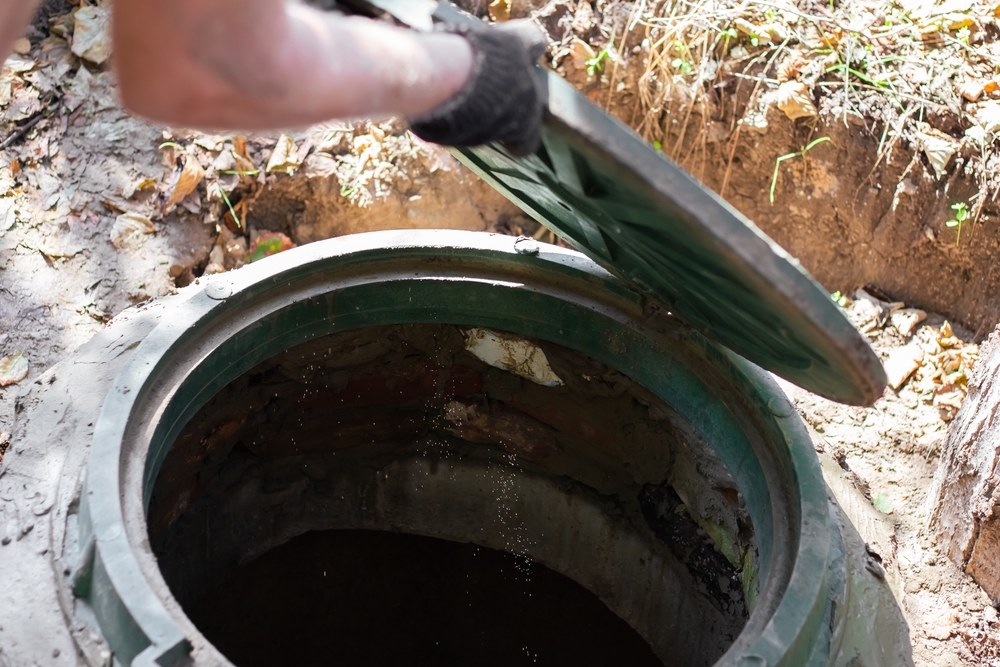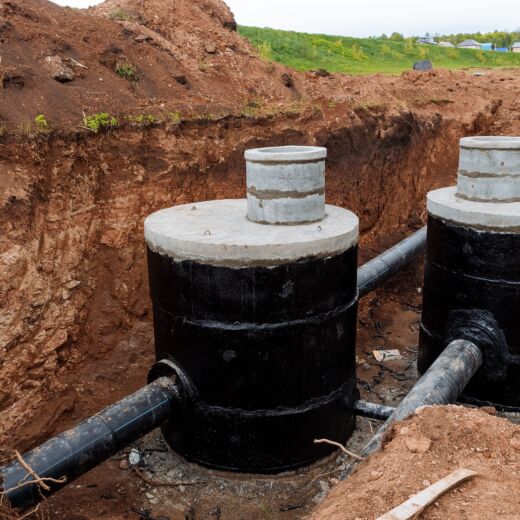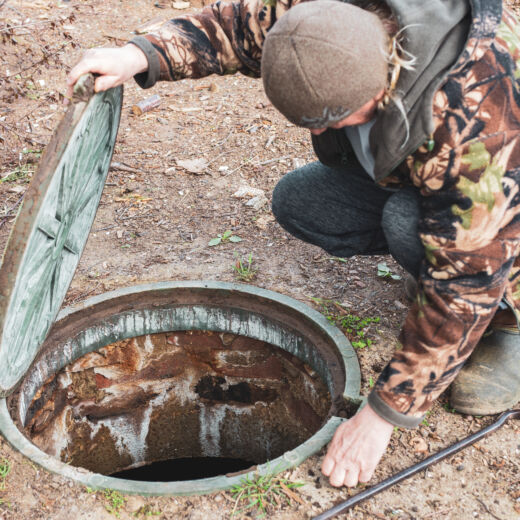If you own a rural property, one of the most important systems under your feet is your septic system. Whether you’re buying, selling, or maintaining your home, understanding how septic systems are inspected can save you time, money, and future headaches.
At SepTech, we perform septic inspections across Alberta to provide homeowners and real estate buyers with accurate, up-to-date insights into system health, mechanics, and compliance.
Let’s look a little closer at how septic systems are inspected.
How Are Septic Systems Inspected?
A professional septic inspection involves more than just a glance at the tank. It’s a multi-step process, completed by a certified professional, designed to assess the full system—everything from what’s underground to what’s affecting it above ground. Here’s how a standard SepTech septic system inspection works:
Step-by-Step Septic Inspection Process
1. Property Overview & Site Walk-Through
We begin by getting all pertinent information on the house and water usage, and evaluating the property and system layout. We look at:
- Number of bedrooms, bathrooms, water source, and whether a water softener or iron filter is present
- System and effluent type
- Location of septic tank, pump chamber, and disposal and filtration system
- Setbacks from buildings, structures, and water sources
- Any signs of failure, including evidence of surface ponding, effluent breakout, or signs of failure
2. Tanks & Risers
We inspect the tank and risers, ensuring the lid(s) are uncovered and inspected. The tank and riser materials are noted, and the condition of all is documented.
3. System Component Assessment
Each major component is evaluated for function and wear, including:
- Septic tank and risers
- System mechanics and materials used
- Pump and pressure
- Distribution system
- Soil treatment area(s)
4. Hydraulic Load Test
A water loading test is performed to verify how the system processes and disperses effluent.
5. System Functionality Check(s):
We evaluate the:
- Dose amount and time
- Drainage
- Backflow
- Alarm system operation
- Backups or restrictions in delivery line
6. Maintenance History & Compliance Review
We review the system’s service records (if available) and check for:
- Compliance with the Alberta Standards of Practice
- Current design
- Whether the system meets usage needs based on household size
What You Receive After an Inspection
Once we’ve completed our thorough inspection, we’ll provide you with:
- A detailed inspection report with photos
- System diagram and layout (if available)
- Diagnosis of current issues
- Recommendations for repairs, maintenance, or upgrades
- Clear explanations and analysis
This report is designed to help homeowners, buyers, and sellers make informed decisions with confidence.
Why Professional Septic Inspections Matter
Many septic systems work fine—until they don’t. Failures are often hidden underground until expensive symptoms arise. A thorough inspection can:
- Catch early signs of failure (like clogged and/or saturated soil)
- Catch issues early
- Guide better water usage habits
- Provide peace of mind during real estate transactions
When Should You Book a Septic Inspection?
- Before buying or selling a property
- If you notice foul odours, slow drains, or surface pooling
- After a major renovation or household size change
- As part of your 3–5 year preventative maintenance plan
Time to Book Your Septic Inspection? Call the Pros
A septic inspection should be comprehensive. Whether you need a routine checkup or a real estate inspection, they’re available to make septic ownership easier and more predictable. Now that you understand how a septic system is inspected, it might be time to schedule yours.
For a comprehensive and reliable inspection, call SepTech Solutions today. We’ll make sure your system is in great working order for years to come.




